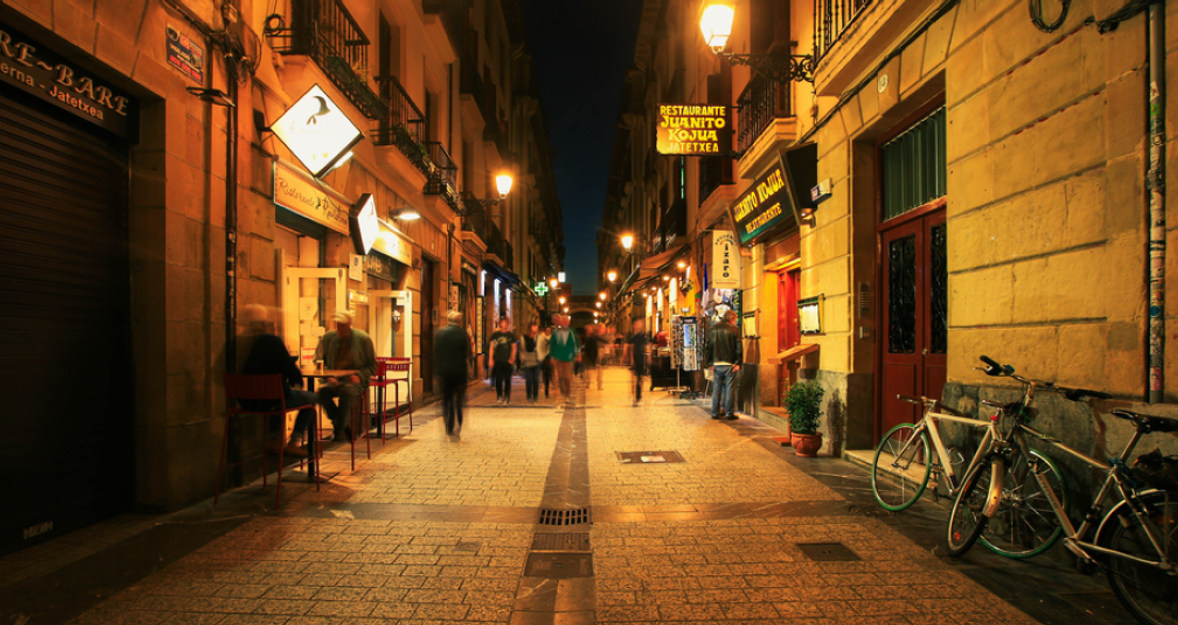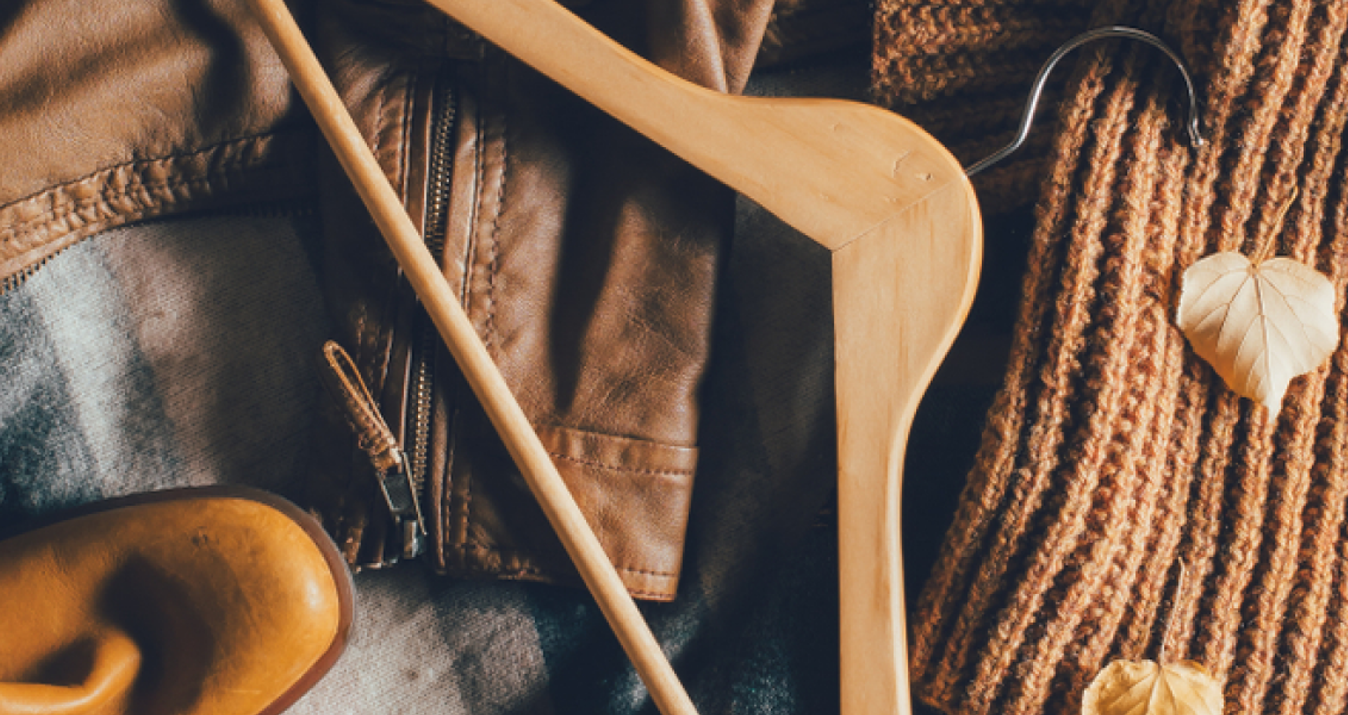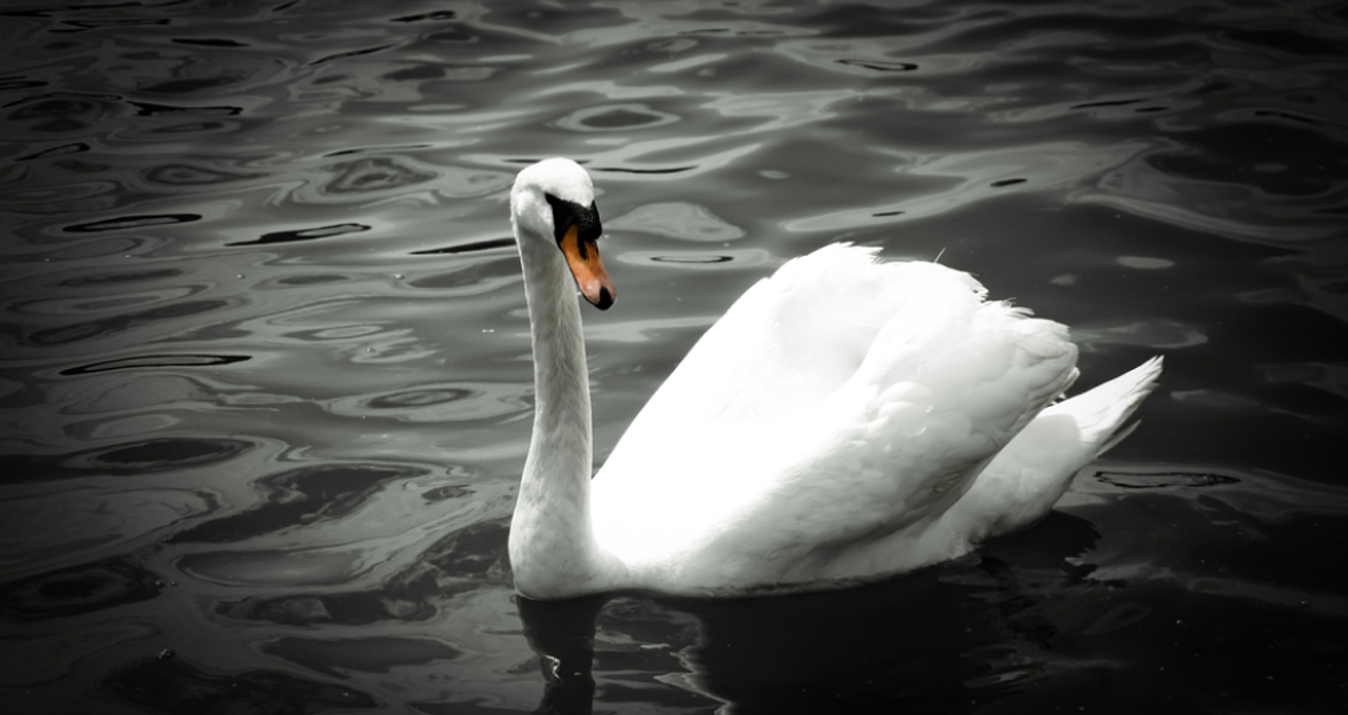Streetscape Photography Composition Art (+ Free E-book With Tips)
September 05, 2025

Mastering street cityscape photography means learning to balance people, architecture, and light in every frame.
Streetscape photography is the quiet choreography between light, architecture, and people. Urban street photography turns everyday sidewalks and busy corners into stories waiting to be told. Good composition doesn’t try to cram everything in — it guides the eye so the street reads like a short story. By the end of this article, you’ll know how to read a street scene like a story and turn fleeting moments into compelling images.
Get Your Free Digital Guide
 For instant inspiration, dive into curated galleries and annotated breakdowns — sometimes the fastest way to grow is simply by seeing how powerful images are built. But if you want a true shortcut, grab the 10 Secrets of Streetscape Photography FREE e-book by Fabio Antenore. Inside, you’ll find ten sharp, bite-sized lessons you can absorb between shoots, each one packed with insight you’ll want to try the moment you pick up your camera.
For instant inspiration, dive into curated galleries and annotated breakdowns — sometimes the fastest way to grow is simply by seeing how powerful images are built. But if you want a true shortcut, grab the 10 Secrets of Streetscape Photography FREE e-book by Fabio Antenore. Inside, you’ll find ten sharp, bite-sized lessons you can absorb between shoots, each one packed with insight you’ll want to try the moment you pick up your camera.
Fabio Antenore is an award-winning visual artist whose hyperreal style has shaped the way countless photographers see the world. He has a gift for turning an ordinary street corner into something cinematic, like a frame lifted straight out of a movie. In his e-book, he opens up his creative toolbox and shows you exactly how to do the same. Think of it as having a pocket mentor — someone who makes the complicated easy, and the everyday unforgettable.
Master 10 quick tips to improve your street photos instantly
Download Free E-bookWhat Are Compositional Techniques
Compositional techniques are simple rules and approaches you use to arrange elements in a photo, so the image reads clearly and feels intentional. They help guide the viewer’s eye, create balance, and tell a story without adding clutter. Think of them as tools — apply one or two and the picture gets stronger.
Rule of Thirds
 Think of the frame as a simple tic-tac-toe grid; the rule of thirds is just placing the important bits where those lines or their intersections meet so the picture feels natural, not centered and static. To use it, imagine that grid while you compose, put eyes, doors, or moving subjects on a line or intersection, and leave the direction of movement facing into the empty space — it makes the shot breathe.
Think of the frame as a simple tic-tac-toe grid; the rule of thirds is just placing the important bits where those lines or their intersections meet so the picture feels natural, not centered and static. To use it, imagine that grid while you compose, put eyes, doors, or moving subjects on a line or intersection, and leave the direction of movement facing into the empty space — it makes the shot breathe.
Negative Space
 Negative space is the quiet area around your subject — the empty wall, sky, or pavement that lets the subject read clearly and gives the eye a place to rest. Use it by not crowding the frame: step back, crop so the subject is small against a calm background, or wait for a plain section of wall or sky to appear behind your person so their shape pops.
Negative space is the quiet area around your subject — the empty wall, sky, or pavement that lets the subject read clearly and gives the eye a place to rest. Use it by not crowding the frame: step back, crop so the subject is small against a calm background, or wait for a plain section of wall or sky to appear behind your person so their shape pops.
Leading Lines
 Leading lines are any lines in the scene that pull the viewer’s eye toward your subject — streets, curbs, railings, shadows, tram tracks. Use them by positioning yourself so those lines point into the frame toward the person or object you want to emphasize; they can start at the corner of the image and draw the eye straight to your subject.
Leading lines are any lines in the scene that pull the viewer’s eye toward your subject — streets, curbs, railings, shadows, tram tracks. Use them by positioning yourself so those lines point into the frame toward the person or object you want to emphasize; they can start at the corner of the image and draw the eye straight to your subject.
Framing & Reflections
 Framing is using elements like windows, doorways, arches, or tree branches to create a natural frame around your subject; reflections (in glass, puddles, mirrors) double or remix the scene for interest. To use them, look for openings or reflective surfaces and place your subject so they’re enclosed or mirrored — shoot through a café window, include the window’s edge, or wait for a puddle that catches a person’s silhouette.
Framing is using elements like windows, doorways, arches, or tree branches to create a natural frame around your subject; reflections (in glass, puddles, mirrors) double or remix the scene for interest. To use them, look for openings or reflective surfaces and place your subject so they’re enclosed or mirrored — shoot through a café window, include the window’s edge, or wait for a puddle that catches a person’s silhouette.
Layers & Depth (Three-Plane Trick)
-2512.jpg?q=85&w=840) Layers mean foreground, middle ground and background working together so the eye can travel through the picture instead of stopping at one flat plane. Use it by putting something textured or partially cropped close to the lens (a wheel, bench, leaves), keeping your main subject in the middle, and letting buildings, sky or a receding street form the background — small overlaps and different distances create a sense of space.
Layers mean foreground, middle ground and background working together so the eye can travel through the picture instead of stopping at one flat plane. Use it by putting something textured or partially cropped close to the lens (a wheel, bench, leaves), keeping your main subject in the middle, and letting buildings, sky or a receding street form the background — small overlaps and different distances create a sense of space.
Extreme Angles
 Extreme angles are changing your viewpoint — getting low, climbing up, or tilting the camera — to make ordinary scenes look fresh or more dramatic. Use them by moving your body: crouch to make foreground shapes big, shoot from a balcony to flatten a crowd, or tilt slightly to add tension — just watch your horizon so the image still feels intentional.
Extreme angles are changing your viewpoint — getting low, climbing up, or tilting the camera — to make ordinary scenes look fresh or more dramatic. Use them by moving your body: crouch to make foreground shapes big, shoot from a balcony to flatten a crowd, or tilt slightly to add tension — just watch your horizon so the image still feels intentional.
Juxtaposition
 Juxtaposition is putting two contrasting elements in one frame (old vs new, small vs large, serious vs funny) so the contrast tells a story or makes the viewer smile. Use it by keeping your eyes open for moments where different worlds meet — wait, anticipate, and capture the instant a passerby crosses a billboard or a tiny child stands beside a massive statue to make the contrast speak.
Juxtaposition is putting two contrasting elements in one frame (old vs new, small vs large, serious vs funny) so the contrast tells a story or makes the viewer smile. Use it by keeping your eyes open for moments where different worlds meet — wait, anticipate, and capture the instant a passerby crosses a billboard or a tiny child stands beside a massive statue to make the contrast speak.
How to See and Compose a Streetscape
Once you understand these compositional tools, the next step is learning how to read a streetscape in real time. A frame is a set of decisions made before the shutter clicks. Read the scene in five seconds:
Identify the strongest line (curb, rail, shadow).
Find the foreground interest (puddle, step, discarded object).
Note the human element or motion that will give scale.
Decide if symmetry or asymmetry serves the story.
Studying street photography examples can teach more about timing and composition than hours of theory. So, the first example is a wet alley at dusk with neon signs. The curb creates a leading line. A low-angle reflection of a neon sign in a puddle becomes a foreground anchor. If a single cyclist rides through the reflection at 1/125s, the motion looks deliberate, and the neon becomes the mood setter. That small list of observations is the foundation of composition.
How Light, Shadow, and Reflection Tell Street Stories
Light shapes the street like a quiet little theater, guiding the eye and setting the scene. Backlight rims a passerby’s hair and shoulders, turning them into an instant star, while patches of sunlight — on a doorway or pavement — invite movement and create moments that almost compose themselves.
Reflections in puddles or glass add depth, folding the street into layers and giving the frame a second perspective. In post-processing, tools like Streetscape Fog & Lights LUTs help preserve that mood, enhancing light, shadow, and atmosphere so your frames feel alive and cinematic. Together, light, shadow, and reflection turn ordinary streets into stories that unfold with every step.
Practical exposure nudges:
Golden-hour cross-street: f/5.6–f/8, 1/250–1/500s, ISO 100–400. A touch of freeze, nice depth.
Night neon: f/2.8–f/4, 1/60–1/125s (with IS), ISO 800–3200. Let the subject separate from the glow.
Foggy morning: +0.3 to +1 EV. Lift the scene so forms read without killing the mood.
When light is thin, don’t fight it: let shadows go deep and let the highlights sing. That push-and-pull — dark pockets and bright edges — is what makes a streetscape feel alive and easy to read.
Composition Pitfalls and Tips on How to Avoid Them
Even strong photos can collapse if a few common errors sneak in. The good news: most of them are easy to fix with quick, in-the-moment tweaks. Think of these as street photography tips that keep your frames clean and lively.
Cluttered Background
 Busy signage, messy wires, or random strangers can steal attention. Step a little left, crouch lower, or wait two seconds — often the background shifts and suddenly the subject stands alone. A tighter crop or shallow aperture (f/2.8–f/4) can also melt distractions away.
Busy signage, messy wires, or random strangers can steal attention. Step a little left, crouch lower, or wait two seconds — often the background shifts and suddenly the subject stands alone. A tighter crop or shallow aperture (f/2.8–f/4) can also melt distractions away.
Everything Centered
 A figure dead-center feels static. Slide them to one side, place them on a curb line, or tilt your camera just enough to add a diagonal. Off-center shots create flow and keep the eye moving.
A figure dead-center feels static. Slide them to one side, place them on a curb line, or tilt your camera just enough to add a diagonal. Off-center shots create flow and keep the eye moving.
Too Much Sky
 An empty sky makes the photo top-heavy. Drop your angle, include a puddle, curb, or bench in the foreground, or switch to a wider lens so the ground and people get more presence.
An empty sky makes the photo top-heavy. Drop your angle, include a puddle, curb, or bench in the foreground, or switch to a wider lens so the ground and people get more presence.
Flat, Shallow Depth
 If your frame feels like a cardboard cutout, bring in layers. Shoot through a bike wheel, use reflections, or crouch so a grate or paving stone leads into your subject. Foreground + middle + background = instant depth.
If your frame feels like a cardboard cutout, bring in layers. Shoot through a bike wheel, use reflections, or crouch so a grate or paving stone leads into your subject. Foreground + middle + background = instant depth.
Infuse Your Photos with Dynamic Energy Using the Motion Blur
Learn morePractice Routines That Build Skill
Knowing the rules is one thing; making them instinctive is another. That’s where these practice routines come in. Practice specific drills rather than random wandering:
30-minute single-subject drill: pick one recurring element (bicycle, lamppost, bench) and make 10 different compositions around it.
Color restriction drill: shoot for 20 minutes using only frames that contain a single color accent.
One-camera, one-lens challenge: limits promote creative composition.
A focused routine helps turn composition theory into habitable reflexes. If you still feel like diving deeper into the theory, the Streetscape Mastery Bundle offers modular lessons designed around real street-based composition challenges.
Wrapping Up
Streetscape composition is about making quick, deliberate choices — where to stand, which line to follow, and when to wait. Small adjustments — a step forward, a low angle, a tighter crop — can transform ordinary streets into images that read clearly and linger. Focus on lines, light, layers, and reflections, and each frame becomes a visual essay with depth and movement.
City life photography is all about capturing the rhythm, energy, and unexpected moments that make urban streets feel alive. Whether you’re exploring a bustling avenue or a quiet foggy backstreet, these composition decisions help you tell stories with intention, turning everyday walks into opportunities for memorable, lively photographs.






